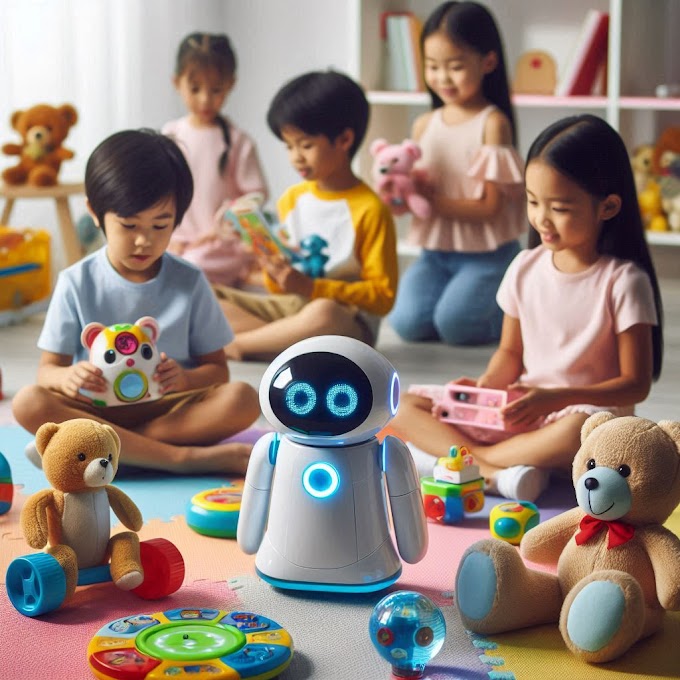Imagine being able to keep track of your health with a small device that fits right on your wrist or even in your pocket! Biosensors are amazing little gadgets that can measure things like your heart rate, glucose levels, and even your stress. They help people monitor their health in real time, making it easier to stay healthy and catch any problems early. With biosensors, you don’t have to wait for a doctor’s visit to know how you’re doing; you can get important information anytime, anywhere. This article will explore how these smart devices are changing the way we take care of ourselves and why they are so important for our health today.
What is the defination of bio sensor?
A biosensor is a scientific device that combines a biological component, such as enzymes, antibodies, or cells, with a transducer to detect and measure specific substances in a sample. The biological component interacts with the target analyte—such as glucose, cholesterol, or pathogens—and produces a biochemical response. The transducer then converts this response into a measurable signal, typically an electrical signal, which can be quantified and displayed. Biosensors are widely used in various fields, particularly in healthcare, environmental monitoring, and food safety, due to their ability to provide rapid, accurate, and real-time data on biological and chemical processes. This technology enables users to monitor health conditions, detect diseases, and ensure safety in various applications, making biosensors essential tools in modern science and medicine.
Applications of bio sensor in medical science and hospitals
Biosensors have numerous applications in medical science and hospitals, significantly enhancing patient care and diagnostics. One of the key uses is in point-of-care testing, where biosensors enable rapid and accurate detection of various biomarkers directly at the bedside. For instance, glucose biosensors are crucial for diabetes management, allowing healthcare providers to monitor blood sugar levels in real time and adjust treatment accordingly. Additionally, biosensors can detect infections by identifying specific pathogens in blood or urine samples, leading to quicker diagnosis and treatment. These devices also play a vital role in monitoring vital signs, such as heart rate and respiratory rate, helping healthcare professionals track patients’ conditions continuously. Overall, the integration of biosensors in medical settings improves efficiency, enhances patient outcomes, and supports personalized medicine.
Challenges faced in adoption of bio sensor in hospitals
Despite the promising benefits of biosensors in hospitals, several challenges hinder their widespread adoption. One major issue is the need for rigorous validation and standardization to ensure accuracy and reliability in diverse clinical settings. Inconsistent results across different devices can lead to mistrust among healthcare professionals and patients. Additionally, the integration of biosensor data with existing electronic health record (EHR) systems can be complicated, requiring significant investment in technology and training. Concerns about data privacy and security also pose challenges, as sensitive health information collected by biosensors must be protected from unauthorized access. Lastly, the cost of advanced biosensor technologies can be a barrier for many healthcare facilities, particularly in resource-limited settings, making it difficult to implement these innovative solutions widely.
How can we overcome these challenges?
To overcome the challenges associated with the adoption of biosensors in hospitals, a multi-faceted approach is necessary. First, establishing clear regulatory guidelines and standardization protocols can help ensure the accuracy and reliability of biosensor devices across various clinical environments. Collaboration between manufacturers, healthcare professionals, and regulatory bodies is essential to develop best practices and conduct extensive validation studies. Additionally, investing in integrated healthcare IT systems can facilitate seamless data sharing between biosensors and electronic health records, improving workflow efficiency and data accessibility. Training programs for healthcare staff can enhance familiarity with biosensor technology and its applications, building trust and encouraging usage. Addressing data privacy concerns through robust cybersecurity measures and transparent policies will further alleviate worries about patient information security. Finally, exploring funding options and partnerships can help mitigate costs, making biosensor technology more accessible for hospitals of all sizes.
Conclusion
In conclusion, biosensors represent a groundbreaking advancement in health monitoring, enabling individuals to track vital health information conveniently and accurately. These innovative devices not only empower users with real-time data on important metrics like heart rate and glucose levels but also enhance the capabilities of healthcare providers to deliver timely and personalized care. While challenges remain in their adoption, such as the need for standardization and integration with existing systems, addressing these issues through collaboration, training, and technological investment will pave the way for more widespread use of biosensors in medical settings. As we continue to embrace this technology, the future of health monitoring looks brighter, making it easier for everyone to take charge of their health and well-being.















0 Comments